NASA fuels moon rocket for 1st time in countdown rehearsal
Tuesday, 21 June 2022 06:42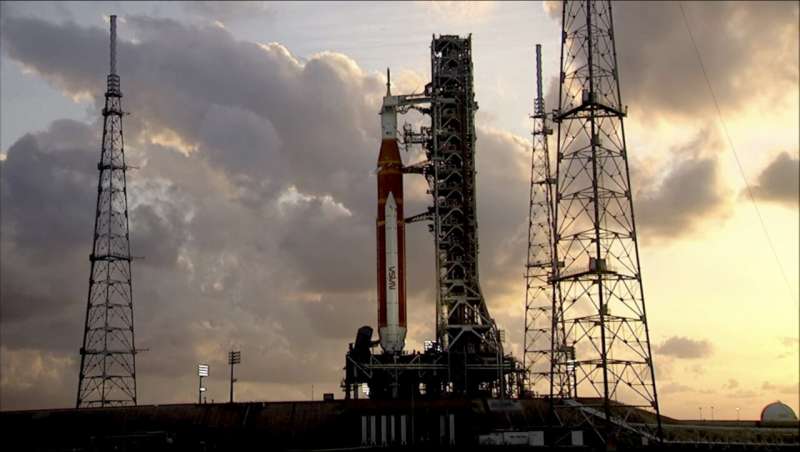
NASA nearly completes SLS countdown test
Tuesday, 21 June 2022 02:33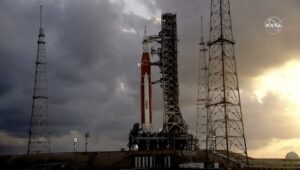
NASA came within 20 seconds of completing a full countdown rehearsal of its Space Launch System rocket June 20, although it was not immediately clear if the agency got enough data from the test to be able to proceed with a launch.
NASA approves demonstration flight for circular DiskSats
Monday, 20 June 2022 20:25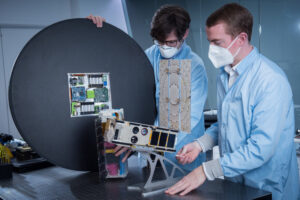
NASA approved a demonstration flight for DiskSat, the thin round satellite designed by the Aerospace Corp.
The post NASA approves demonstration flight for circular DiskSats appeared first on SpaceNews.
Epsilon3 raises $15 million for space project management platform
Monday, 20 June 2022 20:05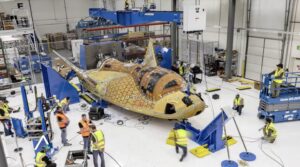
Software startup Epsilon3 said June 20 it has raised $15 million to expand its suite of space project management solutions.
The post Epsilon3 raises $15 million for space project management platform appeared first on SpaceNews.
House Armed Services bill proposes $75 million for rapid space launch activities
Monday, 20 June 2022 14:30
House Armed Services Committee Chairman Rep. Adam Smith (D-Wash.) in the 2023 National Defense Authorization Act proposes adding $75 million to the Pentagon’s budget for “tactically responsive space."
The post House Armed Services bill proposes $75 million for rapid space launch activities appeared first on SpaceNews.
Vega-C inaugural flight VV21 media kit
Monday, 20 June 2022 12:02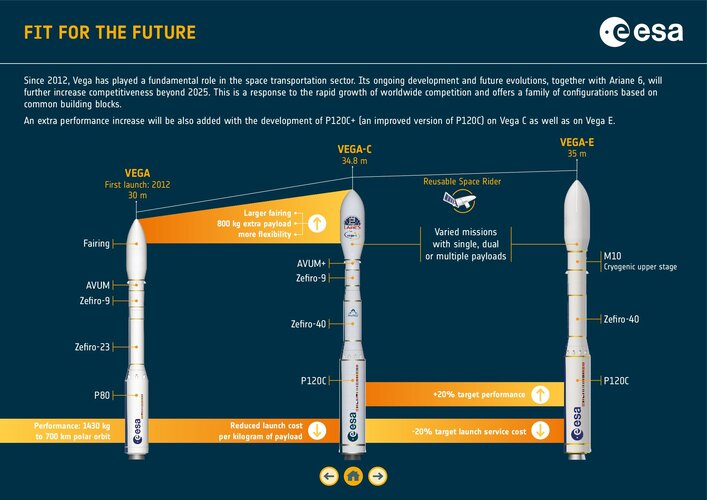
Download this media kit (English) to learn more about ESA’s new medium-lift launch system and its inaugural mission. Flight VV21 is scheduled for lift-off as soon as 7 July at 13:13 CEST, pending suitable conditions for launch.
China aims to bring Mars samples to Earth 2 years before NASA, ESA mission
Monday, 20 June 2022 09:32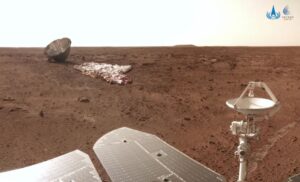
China’s Mars sample return mission aims to collect samples from the Red Planet and deliver them to Earth in 2031, or two years ahead of a NASA and ESA joint mission.
ESA to wow the Berlin International Airshow
Monday, 20 June 2022 08:50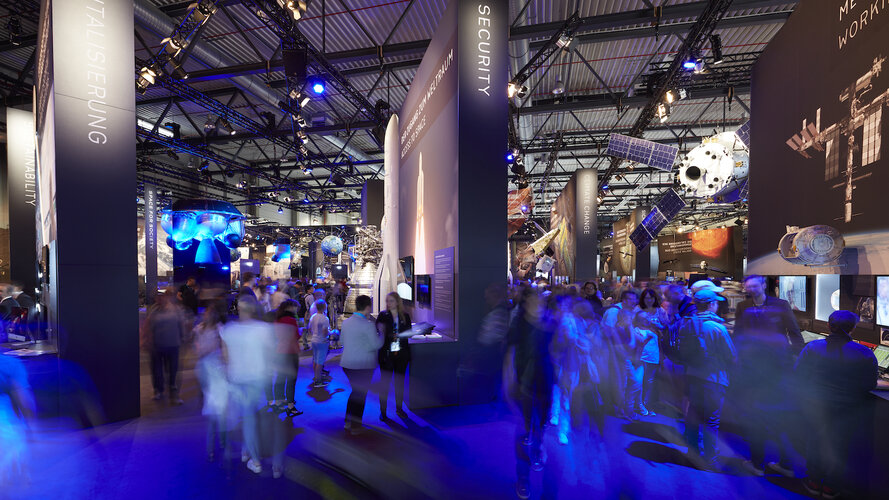
Crowds at the Berlin International Airshow – which will focus on innovation, new technology and sustainability – are set to be wowed by space.
Space tech to be put to test on Asia-bound Fiat Panda
Monday, 20 June 2022 07:47
Two ESA engineers are offering a unique testbed for novel space technology: a second-hand, two-decade-old Fiat Panda, set to be driven 16 000 km to compete in the Mongol Rally from Europe to the Mongolian steppes during summer 2023. Having already taken part in the Panda Raid race to Morocco and back, the ‘space2ground’ team plans to perform on-board testing over the course of their epic Asiatic drive.
BepiColombo lines up for second Mercury flyby
Monday, 20 June 2022 07:00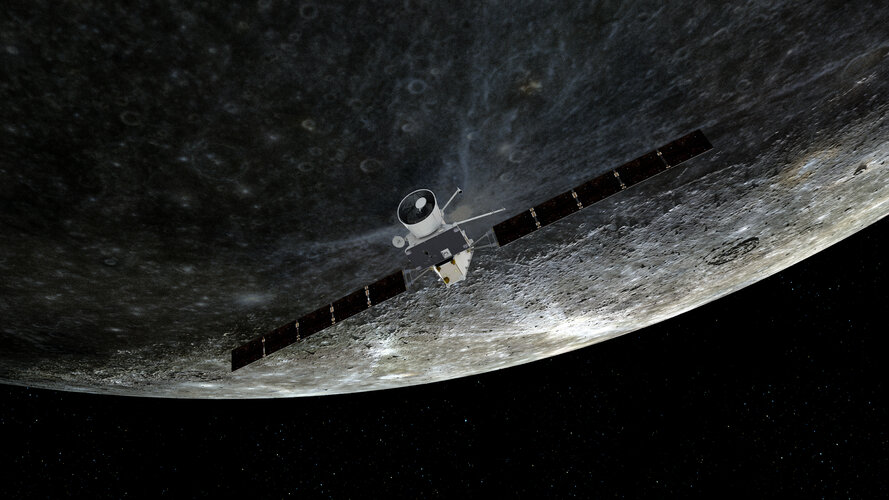
The ESA/JAXA BepiColombo mission is gearing up for its second close flyby of Mercury on 23 June. ESA’s spacecraft operation team is guiding BepiColombo through six gravity assists of the planet before entering orbit around it in 2025.
Directed Energy leader recaps time in AFRL, looks ahead to space position
Monday, 20 June 2022 06:43 Dr. Kelly Hammett, who has led the Air Force Research Laboratory Directed Energy Directorate for the past six years, departed AFRL June 6 for his new assignment as director of the Space Rapid Capabilities Office (SpRCO), both located on Kirtland AFB.
"I will miss bragging on the Directed Energy team, and all that we accomplished in the six years I was in the director's seat," said Hammett.
Dr. Kelly Hammett, who has led the Air Force Research Laboratory Directed Energy Directorate for the past six years, departed AFRL June 6 for his new assignment as director of the Space Rapid Capabilities Office (SpRCO), both located on Kirtland AFB.
"I will miss bragging on the Directed Energy team, and all that we accomplished in the six years I was in the director's seat," said Hammett. Metaspectral wins funding from CSA to develop new greenhouse gas monitoring method
Monday, 20 June 2022 06:43 Metaspectral, a software company delivering the next generation of computer vision, has received funding as part of the smartEarth Canadian Space Agency initiative to build a method to systematically and methodically quantify the carbon dioxide (CO2) levels present at ground-elevation using hyperspectral data.
Metaspectral has created a hybrid on-premise and cloud-based software platform t
Metaspectral, a software company delivering the next generation of computer vision, has received funding as part of the smartEarth Canadian Space Agency initiative to build a method to systematically and methodically quantify the carbon dioxide (CO2) levels present at ground-elevation using hyperspectral data.
Metaspectral has created a hybrid on-premise and cloud-based software platform t Space Force to establish intelligence unit at Wright-Patterson Air Force Base
Monday, 20 June 2022 05:10
The U.S. Space Force on June 24 plans to formally establish the National Space Intelligence Center at Wright-Patterson Air Force Base, Ohio.
The post Space Force to establish intelligence unit at Wright-Patterson Air Force Base appeared first on SpaceNews.
SpaceX performs three launches within two days amid internal dissent
Sunday, 19 June 2022 15:18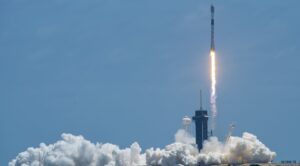
SpaceX completed a surge of three successful launches in a little more than 36 hours early June 19, days after an open letter within the company critical of founder Elon Musk led to the firing of several employees.
Mysterious 'blue blobs' reveal a new kind of star system
Sunday, 19 June 2022 10:06 University of Arizona astronomers have identified five examples of a new class of stellar system. They're not quite galaxies and only exist in isolation.
The new stellar systems contain only young, blue stars, which are distributed in an irregular pattern and seem to exist in surprising isolation from any potential parent galaxy.
The stellar systems - which astronomers say appear thr
University of Arizona astronomers have identified five examples of a new class of stellar system. They're not quite galaxies and only exist in isolation.
The new stellar systems contain only young, blue stars, which are distributed in an irregular pattern and seem to exist in surprising isolation from any potential parent galaxy.
The stellar systems - which astronomers say appear thr 
